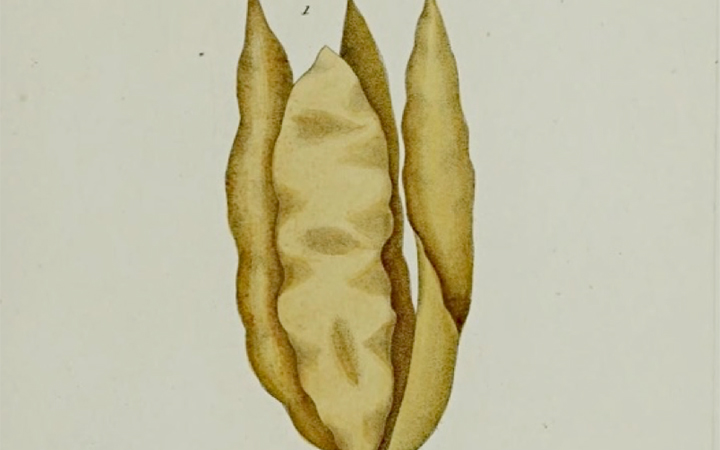Kelps are large seaweeds (algae) belonging to the brown algae (Phaeophyceae) in the orderLaminariales. There are about 30 different genera.[citation needed]
Kelp grows in underwater “forests” (kelp forests) in shallow oceans, and is thought to have appeared in the Miocene, 23 to 5 million years ago.[2] The organisms require nutrient-rich water with temperatures between 6 and 14 °C (43 and 57 °F). They are known for their high growth rate — the genera Macrocystis and Nereocystis can grow as fast as half a metre a day, ultimately reaching 30 to 80 metres (100 to 260 ft).[3]
Through the 19th century, the word “kelp” was closely associated with seaweeds that could be burned to obtain soda ash (primarily sodium carbonate). The seaweeds used included species from both the orders Laminariales and Fucales. The word “kelp” was also used directly to refer to these processed ashes.[4]
(From Wikipedia, March 2015)




